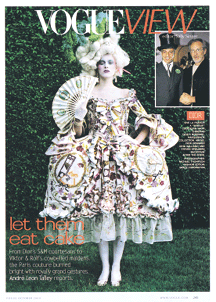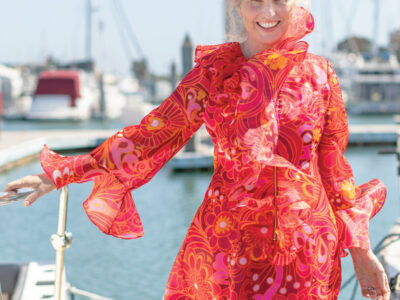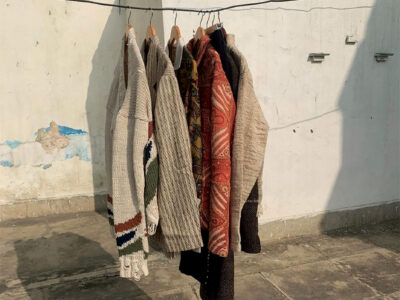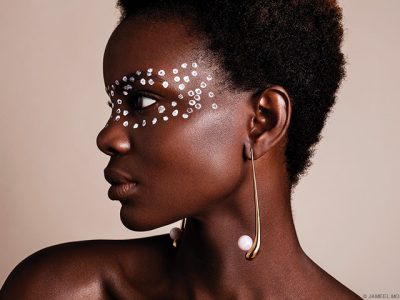
Queen Marie Antoinette of France—known for her extravagance and her lack of sensitivity towards the masses—wore a “saintly” white gown to her execution, said Dr. Caroline Weber, assistant professor of Romance languages. The queen had smuggled it into prison for the occasion.
Weber, a specialist in late-18th-century French literature and culture, was one of the speakers at the Penn Humanities Forum lecture, “Style and the Fashioning of the Body,” in September. And fashion, she argued, was at the forefront of the French queen’s scandals.
The queen used her intricate, expensive hairdos and off-kilter clothing to attempt public statements, Weber noted. When she refused to wear a corset upon her arrival at Versailles, her mother, Austrian Empress Maria Theresa, wrote letters urging her to come to her senses, as well as to stop “riding like a man would” on horses. Both actions, the empress feared, would prevent the young queen from conceiving an heir for Louis XVI.
“The power of her fashion was to do too much and too little,” Weber said, noting that the queen’s style statements failed her in the end. “The happy myth of purity” she tried to create at the guillotine couldn’t save her neck.
Today, her wild legacy appears in modern fashions, as Weber demonstrated during her slide presentation. One slide showed a brightly colored “Marie Antoinette” designer hoop dress by John Galliano, complete with a cartoon-like Jacobin wielding an embroidered guillotine. Another slide showed Madonna, vogueing and striking a pose in “an interesting late-20th-century model of what Marie Antoinette was wearing.”
In recent years, fashion—and its social and political impact—has become a fertile field for scholars, aided by such phenomena as mail-order shopping and televised fashion commentaries. According to Dr. Diana Crane, professor of sociology and author of the new book Fashion and Its Social Agendas: Class, Gender, and Identity in Clothing, alternative styles are now emerging from subgroups within the masses. In the sixties and seventies, it was the hippies and punks, said Crane, who noted that popular music continues to spawn new fads. As a result, European designers are no longer the unchallenged fashion fascists.
Crane, who interviewed fashion designers and industry writers for her book, said that the current goal for designers is not so much fashions as “tendencies.” Detecting trends can be a tricky business, though, since a shawl may be all the rage one day and passé the next. It’s also becoming more costly to break into the business. Many of the designers Crane interviewed soon flopped, suffering from a paucity of capital and expertise. But some designers develop “cult followings,” she said, noting that televised product-placements by celebrities infuse brand names and chosen styles with cash and cachet.
Dr. Peter Stallybrass, professor of English, noted that from an early age, the desire to express oneself through clothing can take the form of a struggle, one that begins in childhood. “The battle is between clothing oneself and being clothed,” said Stallybrass,who has examined the relationship between clothing and identity.
He offered the example of Harriet Jacobs, the 19th-century African-American woman who escaped from slavery and later wrote Incidents in the Life of a Slave Girl. In that book, Jacobs recounted how she had “hated” the “linsey-woolsey” dress she was forced to wear, describing it as “one of the badges of slavery.” After she escaped, an advertisement for her capture noted that she was a good seamstress and “will probably appear, if abroad, tricked out in gay and fashionable finery.”
Fashion, said Stallybrass, “was one of the badges of her freedom.”
—Aliya Sternstein C’02




